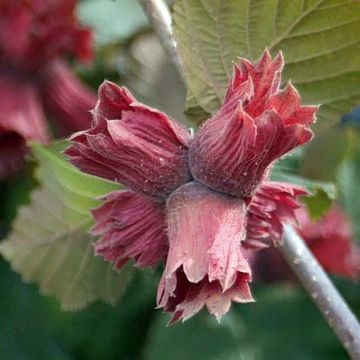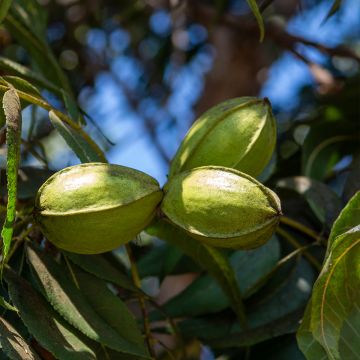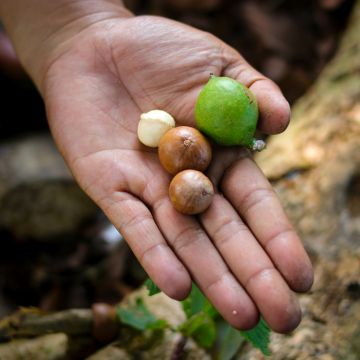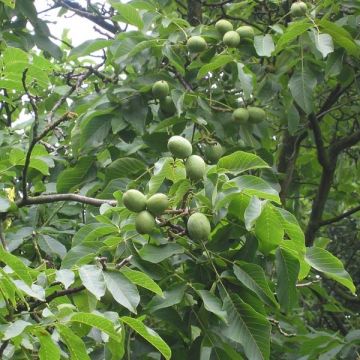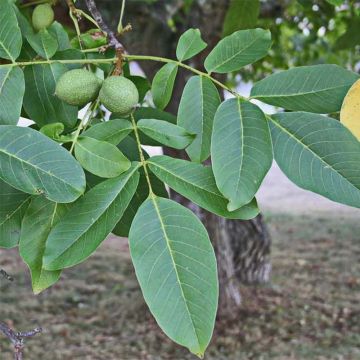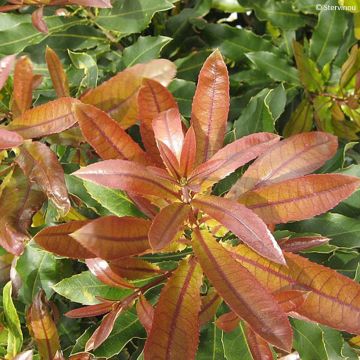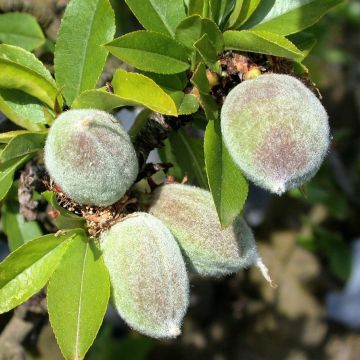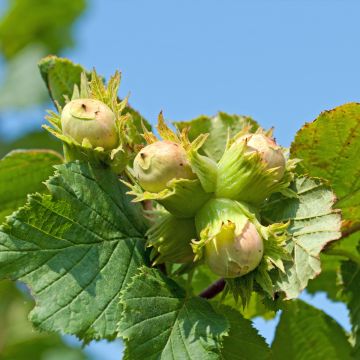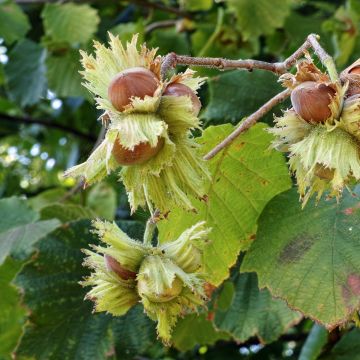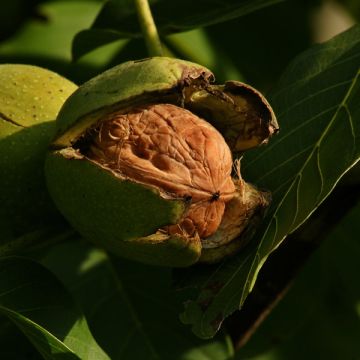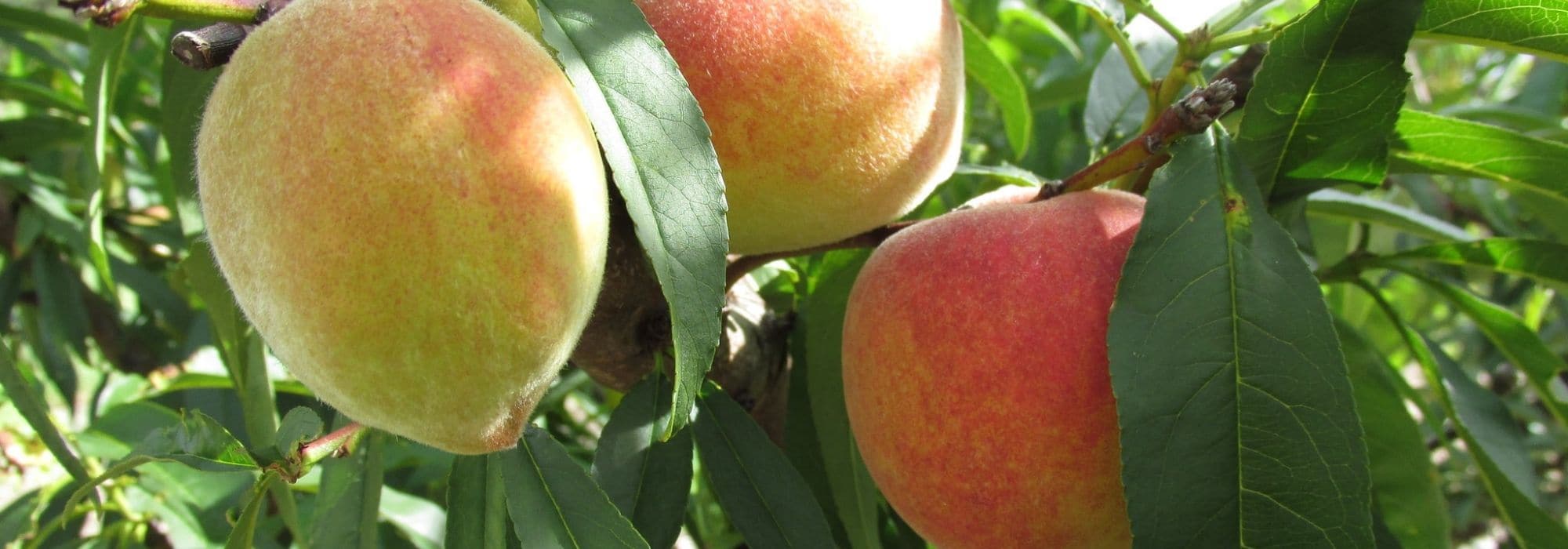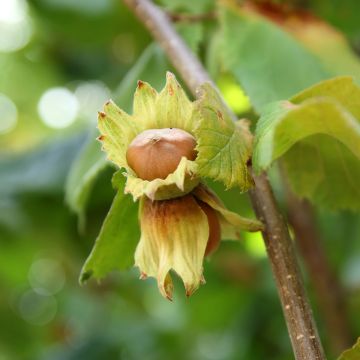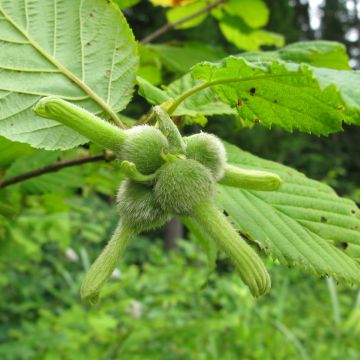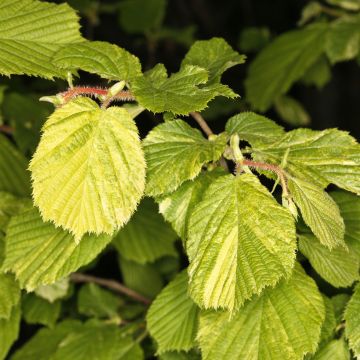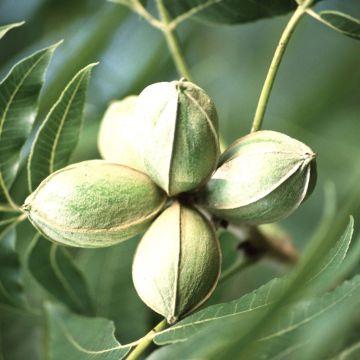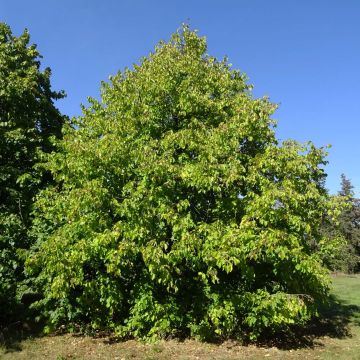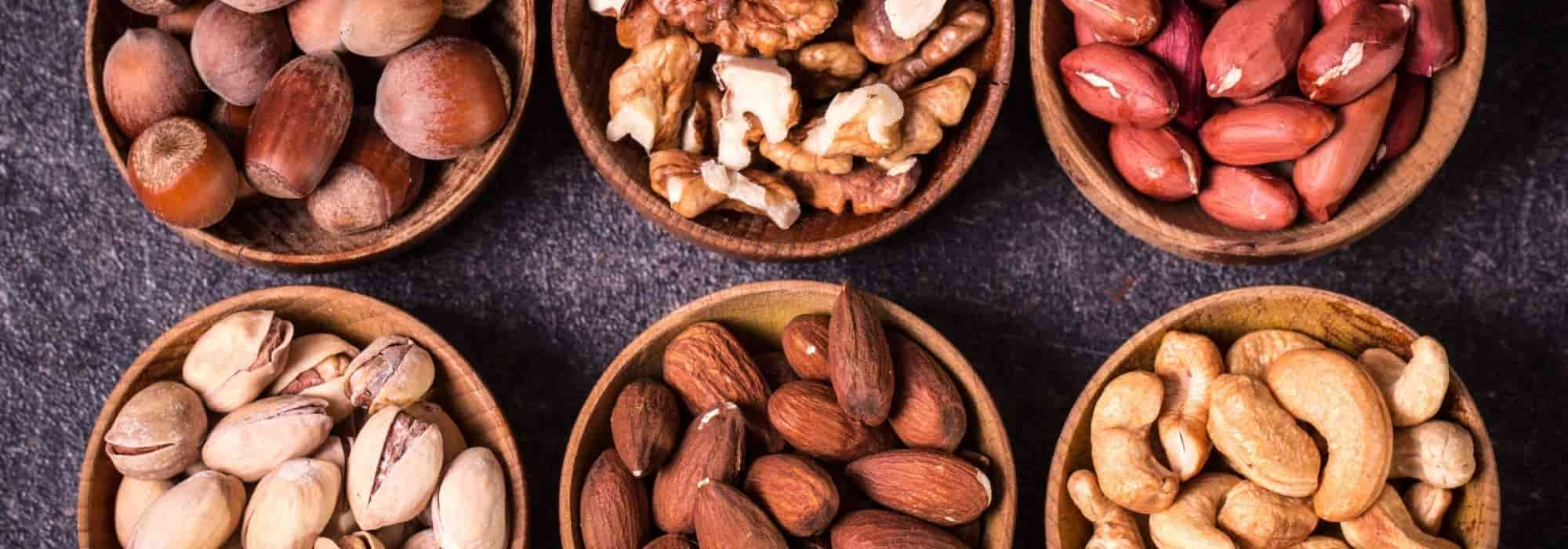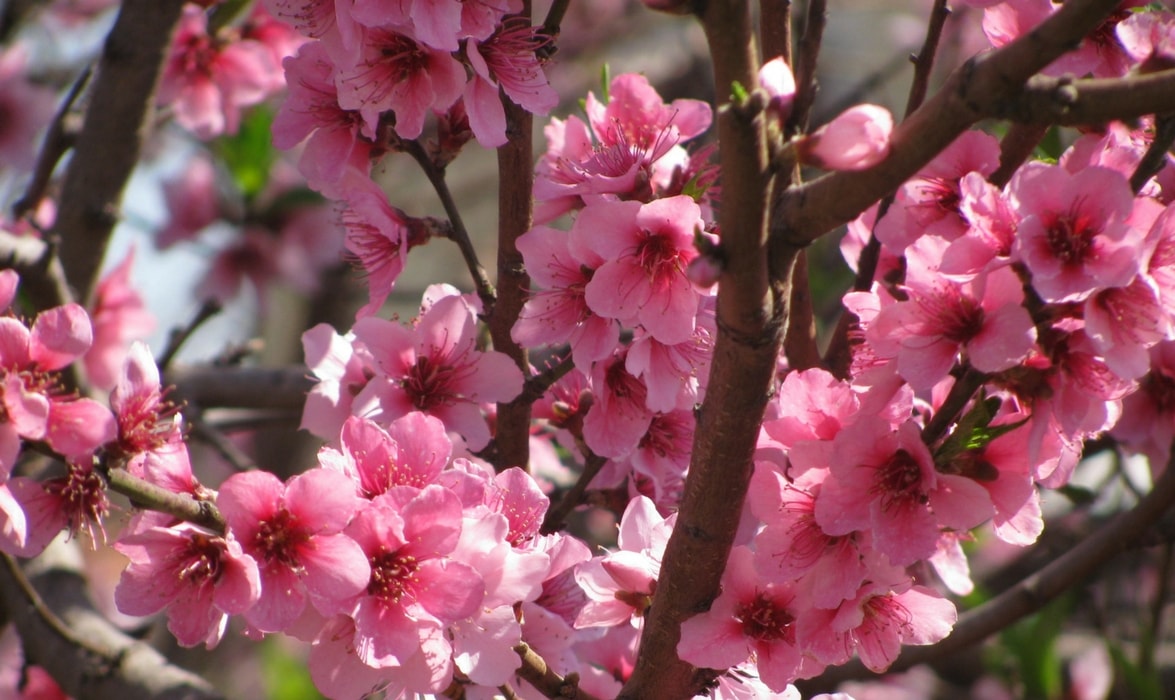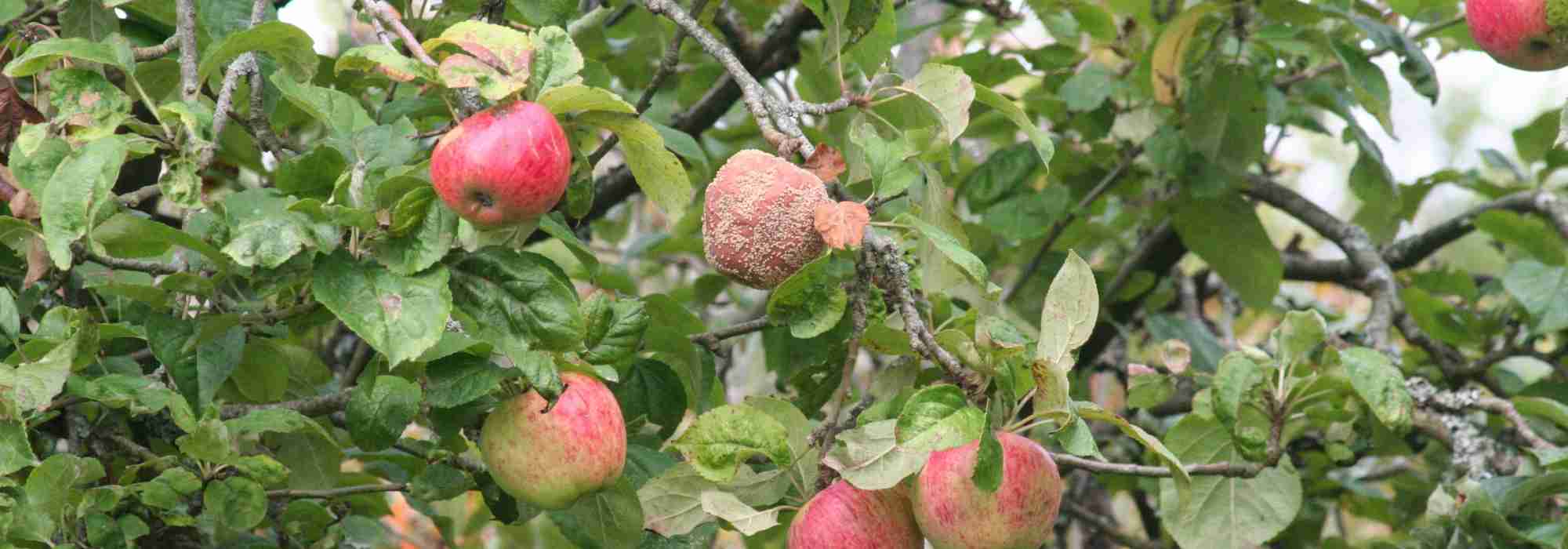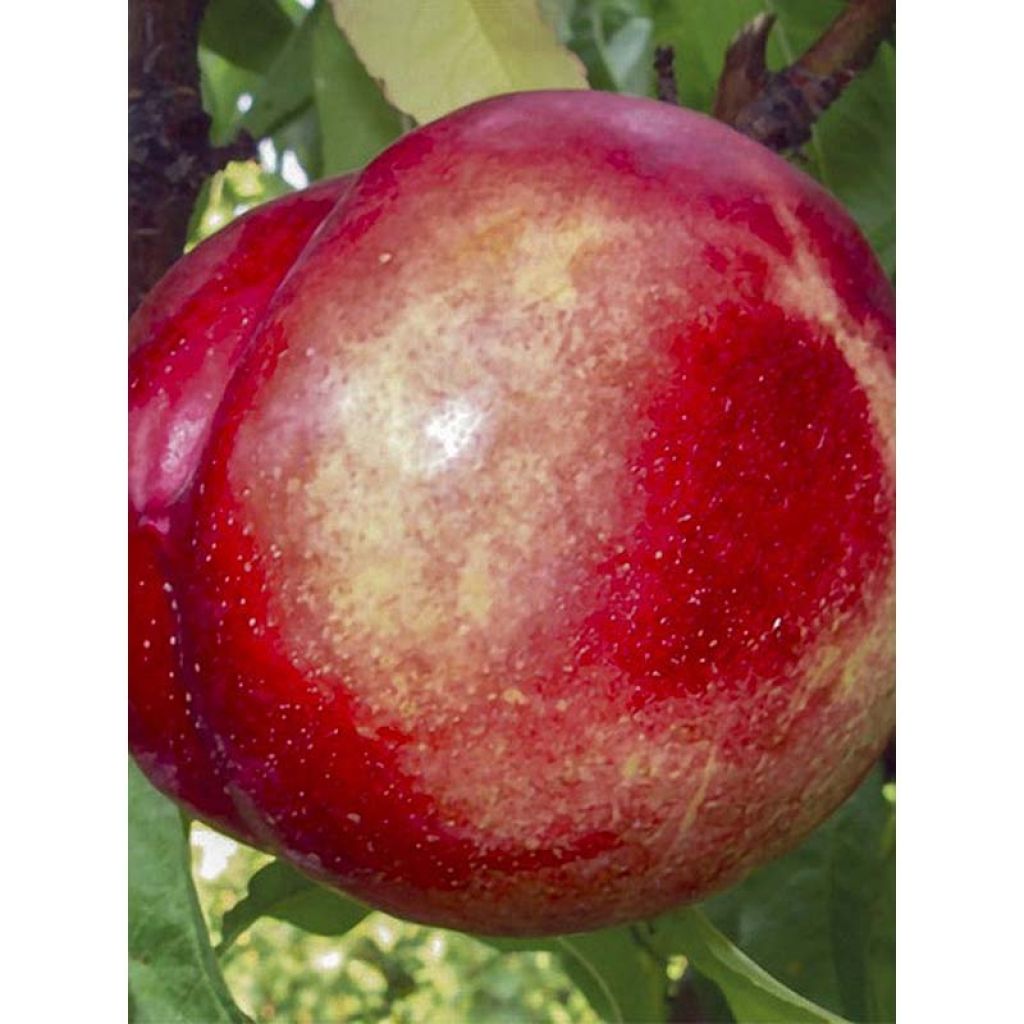

Prunus persica Silver Giant - Nectarine Peach Tree
Prunus persica Silver Giant - Nectarine Peach Tree
Prunus persica Silver Giant
Peach, Peach tree
Special offer!
Receive a €20 voucher for any order over €90 (excluding delivery costs, credit notes, and plastic-free options)!
1- Add your favorite plants to your cart.
2- Once you have reached €90, confirm your order (you can even choose the delivery date!).
3- As soon as your order is shipped, you will receive an email containing your voucher code, valid for 3 months (90 days).
Your voucher is unique and can only be used once, for any order with a minimum value of €20, excluding delivery costs.
Can be combined with other current offers, non-divisible and non-refundable.
Why not try an alternative variety in stock?
View all →This plant carries a 6 months recovery warranty
More information
We guarantee the quality of our plants for a full growing cycle, and will replace at our expense any plant that fails to recover under normal climatic and planting conditions.
Description
The Silver Giant Nectarine tree is a rarely cultivated variety of white nectarine that is characterised by its late and regular fruiting from one year to another, with excellent taste. The tree produces large, round fruits, tinged with red on a yellow background when ripe, with firm, flavourful, juicy, sweet, and fragrant white flesh. They are harvested in August-September, depending on the climate. This hardy nectarine tree is self-fertile and does not require the presence of another subject nearby to bear fruit.
The species name "persica" was given to the peach tree, which was thought to originate from Persia. In reality, all cultivated forms of peach trees originate from northern China. The Nectarine, in Latin Prunus persica nucipersica, is a natural mutation of the peach tree that occurred in the 16th century. It is a small deciduous hardy tree that can be grown in all temperate regions, with a preference for milder southern ones: its spring flowering, which is quite early, can be destroyed by late frosts. Similar to a peach, the nectarine also has a smooth and shiny skin, its flesh is yellow or white, but its stone is free, while that of a peach adheres to the flesh.
Like many fruit trees, the Silver Giant Nectarine tree appreciates sunlight, warmth, and shelter from strong winds. It thrives in any deep, balanced, loose, and fertile soil and does not tolerate excessive moisture or excessively heavy and compact soils, especially clayey ones. It is a tree of medium vigour, reaching about 4.50 m (15ft) in height by 3.50 m (11ft) in spread. Its relatively short trunk has numerous branches with more or less vertical growth, giving it a slightly open, spreading habit. The nectarine tree starts bearing fruit at around 7 years of age, and its lifespan does not exceed 15 to 20 years.
Its foliage is bright green and emits a slight almond scent, it is deciduous and falls in autumn. Its leaves are long, measuring 8 to 15cm (3 to 6in) in length and 3 to 4cm (1 to 2in) in width, with a short petiole. Its light pink flowering occurs in March-April, which is quite late for a nectarine tree. This requires placing the tree, if grown in cooler northern areas, in a particularly sunny and wind-protected location. The flowers are hermaphroditic and self-fertile. The tree produces large bicoloured fruits, yellow and bright red, ready to be harvested towards the end of August or early September. Thanks to their ability to remain firm, the harvest can be spread over several weeks. Nectarines picked slightly unripe will continue to ripen in the house. This tree does not require too much maintenance, except for some preventive treatments against peach leaf curl. It tolerates severe pruning, but not every year.
At the table or in the kitchen: nectarines can be enjoyed raw, cooked, sweet, savoury, flambéed, in tarts, glazed, or deglazed. They pair very well with wine and certain meats, such as duck. They can be found in numerous recipes, including jams, compotes, pastries etc.
Plant habit
Fruit
Flowering
Foliage
Botanical data
Prunus
persica
Silver Giant
Peach, Peach tree
Cultivar or hybrid
Other Shell fruit
View all →Planting and care
The Silver Giant Nectarine Tree should preferably be planted from September to November, in full sun, in a warm location sheltered from strong winds. Dig a hole two to three weeks before planting, twice as wide and deep as the pot. On the day of planting, place the tree with its pot in a basin of water, in order to moisten the entire root ball by capillarity. Add compost to the bottom of the hole. Place the tree in the hole, fill with a mixture of soil and compost. Gently tamp around the base of the tree as you fill, ensuring that the roots are in close contact with the soil. The root ball should be completely covered. Water generously.
The Nectarine tree has a semi-pivot root system. It will thrive in fairly deep, well-loose and fertile soils. It also prefers a light and well-draining soil.
Planting period
Intended location
Care
Planting & care advice
This item has not been reviewed yet - be the first to leave a review about it.
Haven't found what you were looking for?
Hardiness is the lowest winter temperature a plant can endure without suffering serious damage or even dying. However, hardiness is affected by location (a sheltered area, such as a patio), protection (winter cover) and soil type (hardiness is improved by well-drained soil).

Photo Sharing Terms & Conditions
In order to encourage gardeners to interact and share their experiences, Promesse de fleurs offers various media enabling content to be uploaded onto its Site - in particular via the ‘Photo sharing’ module.
The User agrees to refrain from:
- Posting any content that is illegal, prejudicial, insulting, racist, inciteful to hatred, revisionist, contrary to public decency, that infringes on privacy or on the privacy rights of third parties, in particular the publicity rights of persons and goods, intellectual property rights, or the right to privacy.
- Submitting content on behalf of a third party;
- Impersonate the identity of a third party and/or publish any personal information about a third party;
In general, the User undertakes to refrain from any unethical behaviour.
All Content (in particular text, comments, files, images, photos, videos, creative works, etc.), which may be subject to property or intellectual property rights, image or other private rights, shall remain the property of the User, subject to the limited rights granted by the terms of the licence granted by Promesse de fleurs as stated below. Users are at liberty to publish or not to publish such Content on the Site, notably via the ‘Photo Sharing’ facility, and accept that this Content shall be made public and freely accessible, notably on the Internet.
Users further acknowledge, undertake to have ,and guarantee that they hold all necessary rights and permissions to publish such material on the Site, in particular with regard to the legislation in force pertaining to any privacy, property, intellectual property, image, or contractual rights, or rights of any other nature. By publishing such Content on the Site, Users acknowledge accepting full liability as publishers of the Content within the meaning of the law, and grant Promesse de fleurs, free of charge, an inclusive, worldwide licence for the said Content for the entire duration of its publication, including all reproduction, representation, up/downloading, displaying, performing, transmission, and storage rights.
Users also grant permission for their name to be linked to the Content and accept that this link may not always be made available.
By engaging in posting material, Users consent to their Content becoming automatically accessible on the Internet, in particular on other sites and/or blogs and/or web pages of the Promesse de fleurs site, including in particular social pages and the Promesse de fleurs catalogue.
Users may secure the removal of entrusted content free of charge by issuing a simple request via our contact form.
The flowering period indicated on our website applies to countries and regions located in USDA zone 8 (France, the United Kingdom, Ireland, the Netherlands, etc.)
It will vary according to where you live:
- In zones 9 to 10 (Italy, Spain, Greece, etc.), flowering will occur about 2 to 4 weeks earlier.
- In zones 6 to 7 (Germany, Poland, Slovenia, and lower mountainous regions), flowering will be delayed by 2 to 3 weeks.
- In zone 5 (Central Europe, Scandinavia), blooming will be delayed by 3 to 5 weeks.
In temperate climates, pruning of spring-flowering shrubs (forsythia, spireas, etc.) should be done just after flowering.
Pruning of summer-flowering shrubs (Indian Lilac, Perovskia, etc.) can be done in winter or spring.
In cold regions as well as with frost-sensitive plants, avoid pruning too early when severe frosts may still occur.
The planting period indicated on our website applies to countries and regions located in USDA zone 8 (France, United Kingdom, Ireland, Netherlands).
It will vary according to where you live:
- In Mediterranean zones (Marseille, Madrid, Milan, etc.), autumn and winter are the best planting periods.
- In continental zones (Strasbourg, Munich, Vienna, etc.), delay planting by 2 to 3 weeks in spring and bring it forward by 2 to 4 weeks in autumn.
- In mountainous regions (the Alps, Pyrenees, Carpathians, etc.), it is best to plant in late spring (May-June) or late summer (August-September).
The harvesting period indicated on our website applies to countries and regions in USDA zone 8 (France, England, Ireland, the Netherlands).
In colder areas (Scandinavia, Poland, Austria...) fruit and vegetable harvests are likely to be delayed by 3-4 weeks.
In warmer areas (Italy, Spain, Greece, etc.), harvesting will probably take place earlier, depending on weather conditions.
The sowing periods indicated on our website apply to countries and regions within USDA Zone 8 (France, UK, Ireland, Netherlands).
In colder areas (Scandinavia, Poland, Austria...), delay any outdoor sowing by 3-4 weeks, or sow under glass.
In warmer climes (Italy, Spain, Greece, etc.), bring outdoor sowing forward by a few weeks.






























